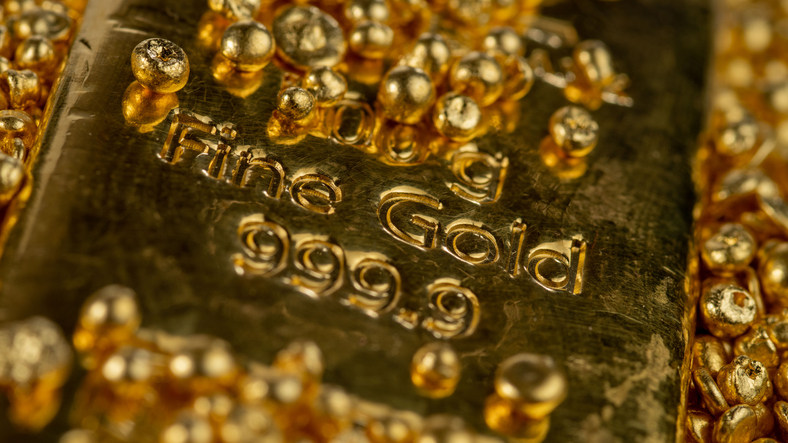Gold vs (inverted) Real 10-Year-Treasury Yield | Chart of the Week
Source: Long Term Trends
The chart above plots the Price of 1 Ounce Of Gold and the Inflation-Adjusted 10-year Treasury Yield .
The real interest rate is defined as the difference between the nominal interest rate and the (expected or actual) inflation rate. The real yield in the chart above is calculated by subtracting the 10-Year (expected) Inflation Rate from the 10-Year Treasury Constant Maturity Rate.
According to Erb and Harvey the correlation between real interest rates and the price of gold is -0.82. In other words, when real yields go down gold goes up. This correlation explains why inflation is gold’s best friend while rate hikes are its worst enemy.
Here is a possible explanation for this relationship. Rising interest rates also mean rising opportunity costs of holding gold. Gold neither pays dividends nor interest. Thus, it is relatively expensive to hold it in the portfolio when real interest rates are high. On the other hand, when real yields are negative, holders of cash and bonds are losing wealth. In such a scenario, they are more prone to buy gold.


